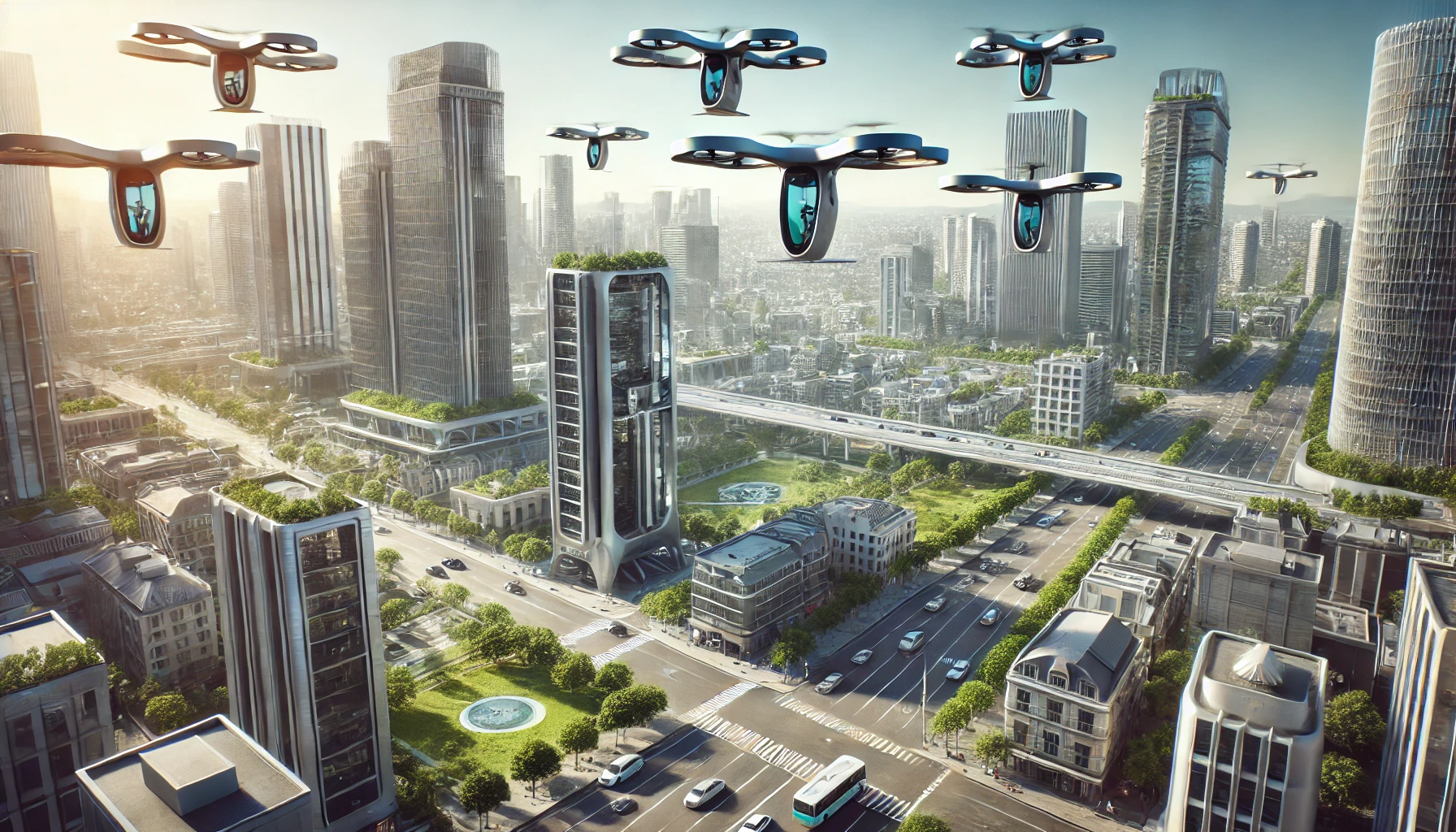Electric Aviation: The Rise of eVTOLs and Their Impact on Short-Distance Air Travel

Welcome to the Future: eVTOLs Are Taking Off
Imagine a world where you skip traffic entirely by hopping into an electric aircraft that takes off vertically, whisks you above the congested streets, and lands you gently at your destination. Well, that future is not so far away. Electric Vertical Takeoff and Landing aircraft, or eVTOLs, are the next big thing in urban transportation. Think of them as the Uber of the skies—only they fly! With companies like Joby Aviation, Lilium, and Volocopter leading the charge, eVTOLs promise to revolutionize the way we think about short-distance air travel. Forget the noisy, fuel-guzzling helicopters. These electric wonders are not only quieter but are also more environmentally friendly. And did I mention they look like something straight out of a sci-fi movie?
How eVTOLs Could Replace Helicopters
Helicopters have long dominated the scene when it comes to urban air mobility. From corporate execs rushing between meetings to emergency medical services, helicopters are the go-to for short-distance air travel. But their days might be numbered. eVTOLs offer a quieter, more cost-effective alternative that could outshine helicopters in every possible way. Not only are eVTOLs powered by clean electricity, but they also have the potential to be fully autonomous in the near future. No more paying for expensive pilots or worrying about fuel shortages! With battery technology improving by the day, these aircraft could soon handle everything from airport shuttles to deliveries.
The Technology Behind eVTOLs
What makes eVTOLs so special? It's all about the tech, baby. Unlike traditional helicopters, which rely on huge, noisy rotors, eVTOLs use distributed electric propulsion systems. That means they have multiple small rotors that provide lift and thrust. This design makes them quieter and more efficient. Plus, they can take off and land vertically, just like a helicopter, but without the mechanical complexity. The best part? These aircraft run on electricity, meaning zero emissions and fewer moving parts to maintain. And with advancements in batteries, charging times are getting shorter while flight ranges are getting longer. The future of aviation is looking greener and leaner!
How Cities Are Preparing for the eVTOL Revolution
You might be wondering, 'Where are these flying taxis going to land?' Great question! Cities are already planning for the eVTOL invasion. Companies like Uber Elevate are working on building 'vertiports'—special hubs where eVTOLs can take off, land, and charge their batteries. Think of them as mini-airports, but for flying cars. Cities like Los Angeles, Dallas, and Singapore are already onboard, preparing infrastructure to make sure these futuristic aircraft fit seamlessly into the urban landscape. They’re also developing air traffic control systems to manage this new form of transportation. After all, the last thing we need is a sky full of fender benders!
Challenges Facing eVTOLs
Of course, no great technological leap comes without its challenges. One of the biggest hurdles for eVTOLs is battery life. While electric cars have made huge strides in this area, eVTOLs require even more energy to stay airborne. The good news is that battery technology is improving every day, and researchers are optimistic that the next generation of batteries will provide longer flight times. Another challenge is regulatory approval. Governments need to figure out how to safely integrate eVTOLs into existing air traffic systems. Then there's the issue of public acceptance. People might need a little convincing before they’re ready to zip around the city in flying taxis. But hey, people used to be afraid of elevators too, right?
The Environmental Impact of eVTOLs
One of the biggest selling points for eVTOLs is their potential to reduce carbon emissions. Traditional helicopters burn through tons of fuel, but eVTOLs are powered by clean electricity. That means lower emissions, less noise pollution, and a smaller carbon footprint overall. Some experts even believe that eVTOLs could be a key part of the solution to reduce traffic congestion and lower urban pollution levels. Imagine a city where fewer cars are clogging the streets, and more people are gliding above it all in electric aircraft. It’s like something out of The Jetsons, but greener.
Are We Ready for the Future of Air Travel?
So, are you ready to embrace the future of air travel? With eVTOLs poised to take off (pun intended), it's only a matter of time before we’re all zooming around the skies like characters in a sci-fi flick. Sure, there are still a few challenges to overcome—battery technology, regulations, public acceptance—but the potential benefits far outweigh the drawbacks. Quieter, cleaner, and more efficient air travel is right around the corner. The only question left to ask is: Would you be willing to catch a ride in an eVTOL, or are you waiting for the flying car to come first?



